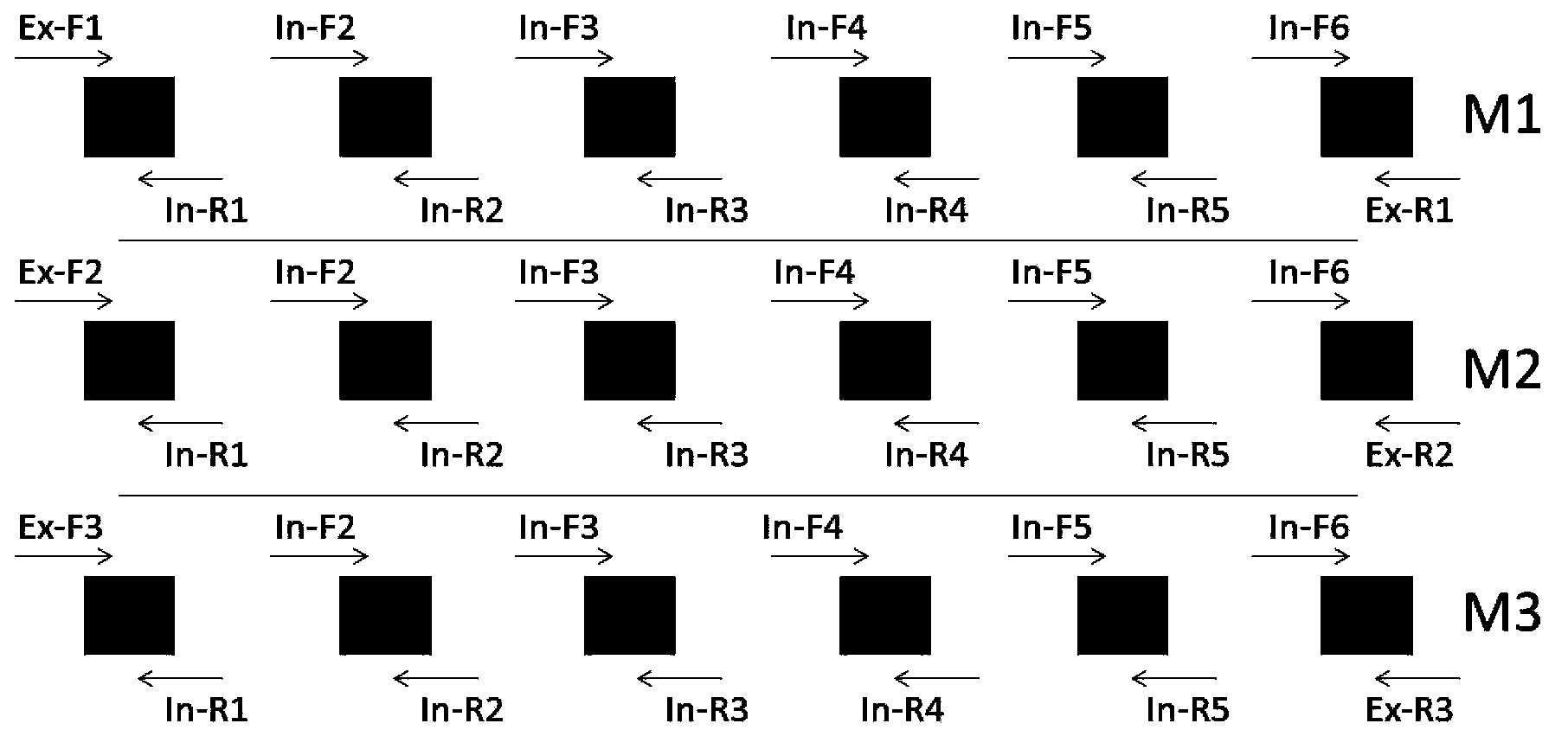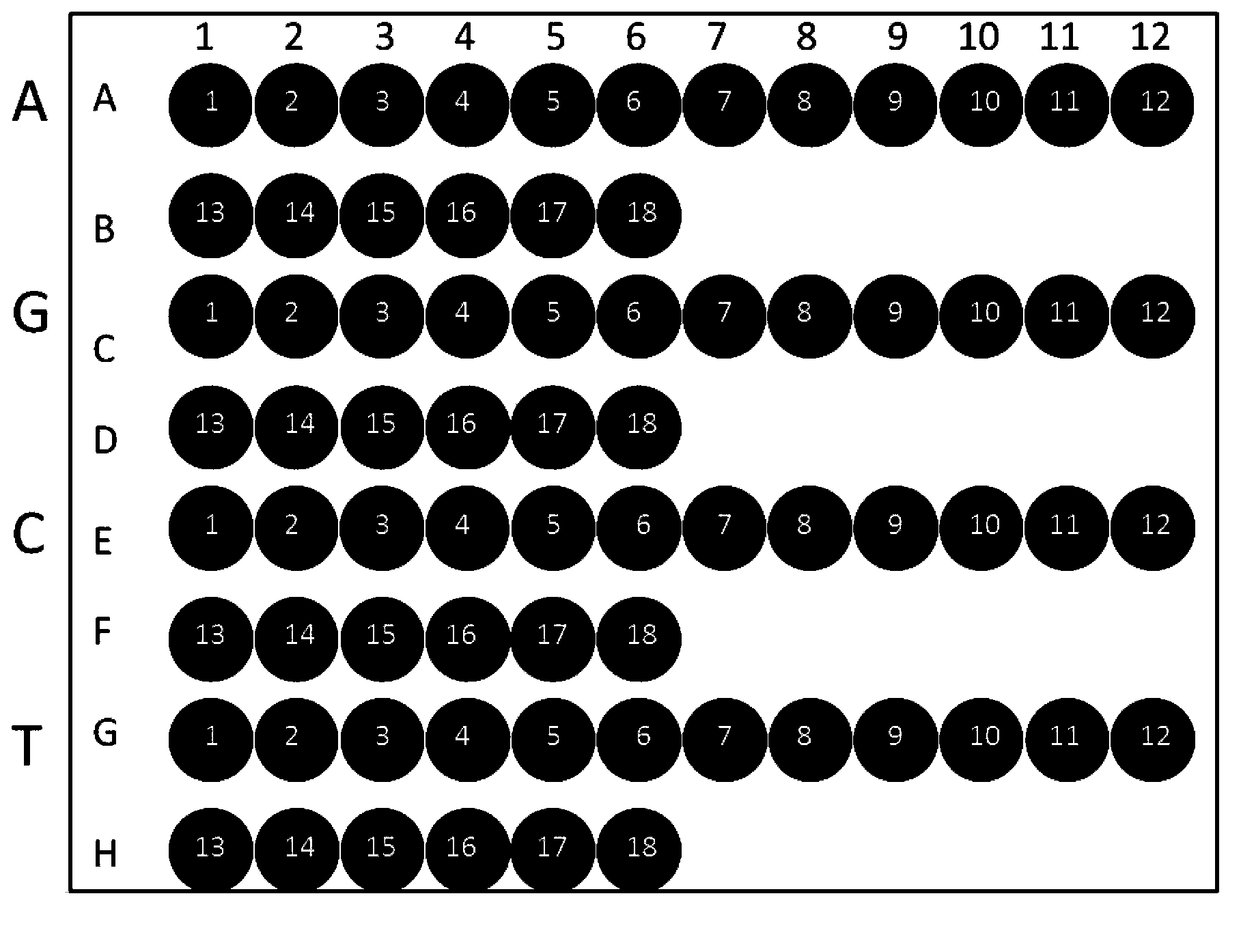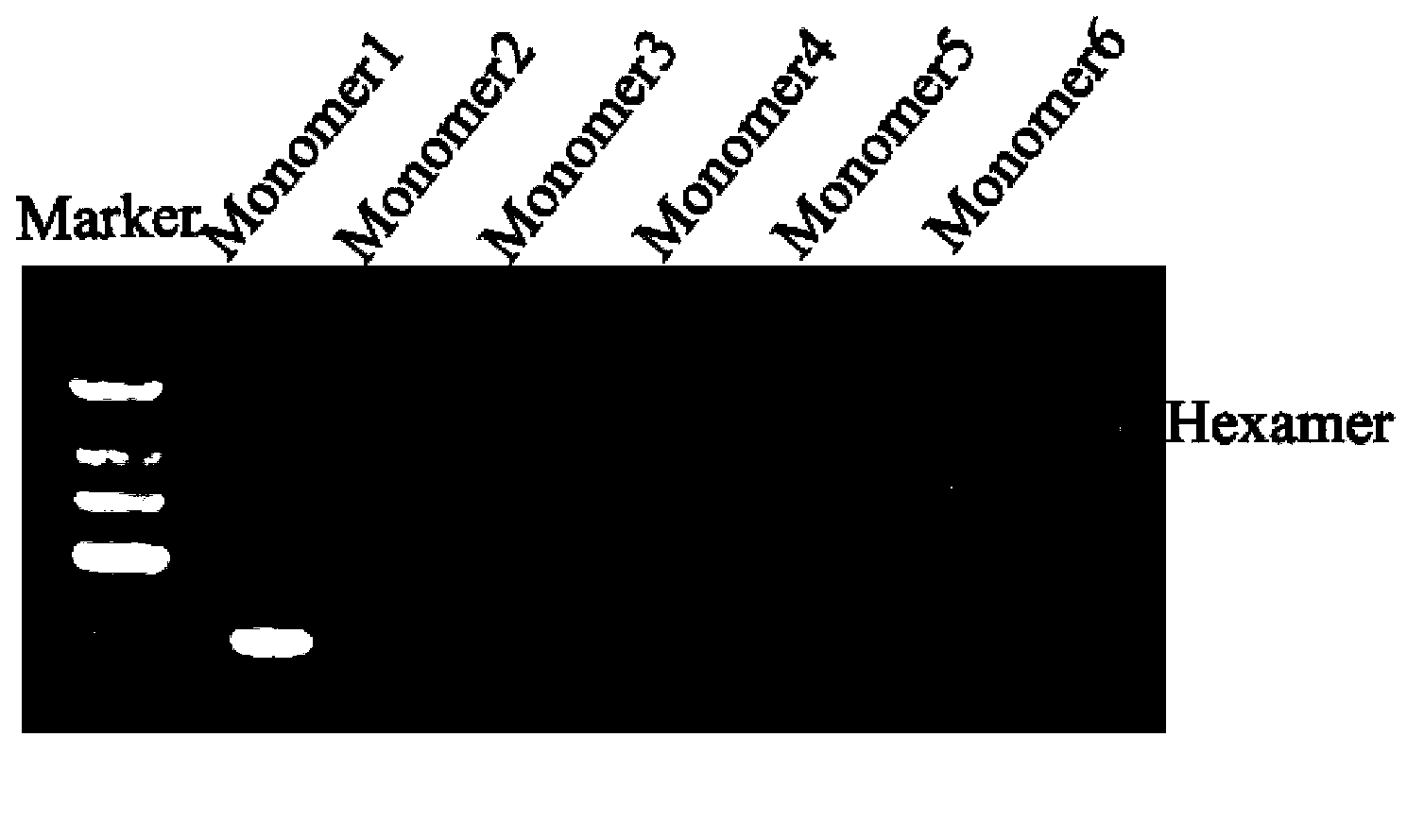Method for activating expression of erythrogenin genes
A technology of erythropoietin and gene expression, applied in gene therapy, cells modified by introducing foreign genetic material, and pharmaceutical formulations, can solve problems such as pure red blood cell aplasia and erythrocytosis
- Summary
- Abstract
- Description
- Claims
- Application Information
AI Technical Summary
Problems solved by technology
Method used
Image
Examples
Embodiment 1
[0061] Embodiment 1 The construction of the recombinant plasmid capable of activating EPO gene expression
[0062] 1. Determination of the upstream target sequence of the EPO gene promoter
[0063] Find the sequence of the upstream promoter region of the EPO gene through NCBI database analysis (the sequence number of the EPO gene is: NM_000799.2, and the sequence of the upstream promoter region of the EPO gene is shown in SEQ ID NO: 1), and import it into https: / / boglab.plp.iastate.edu / analysis.
[0064] The target sequence of the TAL effector of the EPO gene is: ACCCCTGGCGACCCCTCA (SEQ ID NO: 2), and the target recognition module corresponding to the target sequence is NI-HD-HD-HD-HD-NG-NN-NN-HD-NN -NI-HD-HD-HD-HD-NG-ND-NI; its amino acid sequence composition is shown in SEQ ID NO:21.
[0065] According to the composition of the target recognition module, the target recognition module of the EPO gene starts from the amino terminal to the carboxyl terminal, and is sequentia...
Embodiment 2
[0094] Example 2: Transfection of constructed TALE-TF-EPO plasmid into human MSC cells
[0095] The recombinant plasmid TALE-TF-EPO and the negative control plasmid MOCK-TALE-TF were extracted with a plasmid extraction kit from Qiagen, and prepared into a 100ng / μl storage solution. 24 hours before transfection, human MSC cells in the logarithmic growth phase were digested with trypsin, and the cell density was adjusted to 1.5×10 with DMEM complete medium containing 10% fetal bovine serum. 5 Cells / ml, seeded in 6-well plate, 37°C, 5% CO 2 Cultured in an incubator. When the cell density reaches 70%-80%, it can be used for transfection. The TALE-TF-EPO plasmid and the negative control MOCK-TALE-TF plasmid were respectively transfected into human MSC cells by liposome-mediated transfection method, and the specific operation process was according to Lipofectam TM 2000 reagent instructions, change the fresh medium after 6 hours of transfection, continue to culture for 72 hours, ...
Embodiment 3
[0096] Embodiment 3: the semiquantitative RT-PCR method detection of the EPO gene expression after transfection MSC cell
[0097] Total RNA was extracted from the MSC cells transfected with the negative control MOCK-TALE-TF plasmid and the MSC cells transfected with the TALE-TF-EPO plasmid, respectively, according to the Invitrogen Trizol operating instructions. According to Promega's M-MLV operating instructions, RNA was reverse-transcribed to obtain cDNA (see Table 9 for the reverse transcription reaction system, react at 42°C for 1 hour, and then bathe in a water bath at 70°C for 10 minutes to inactivate the reverse transcriptase) to extract total RNA from cells Afterwards, the expression of the mRNA level of the EPO gene was detected by RT-PCR method.
[0098] Real-time quantitative detection was performed using TP800 Real-time PCR instrument (TAKARA). The primers for the EPO gene are as follows: upstream primer 5'-CGCTAGCGGATGGGGGTGCACGAATGT-3' (SEQ ID NO: 24) and downst...
PUM
 Login to View More
Login to View More Abstract
Description
Claims
Application Information
 Login to View More
Login to View More - R&D
- Intellectual Property
- Life Sciences
- Materials
- Tech Scout
- Unparalleled Data Quality
- Higher Quality Content
- 60% Fewer Hallucinations
Browse by: Latest US Patents, China's latest patents, Technical Efficacy Thesaurus, Application Domain, Technology Topic, Popular Technical Reports.
© 2025 PatSnap. All rights reserved.Legal|Privacy policy|Modern Slavery Act Transparency Statement|Sitemap|About US| Contact US: help@patsnap.com



